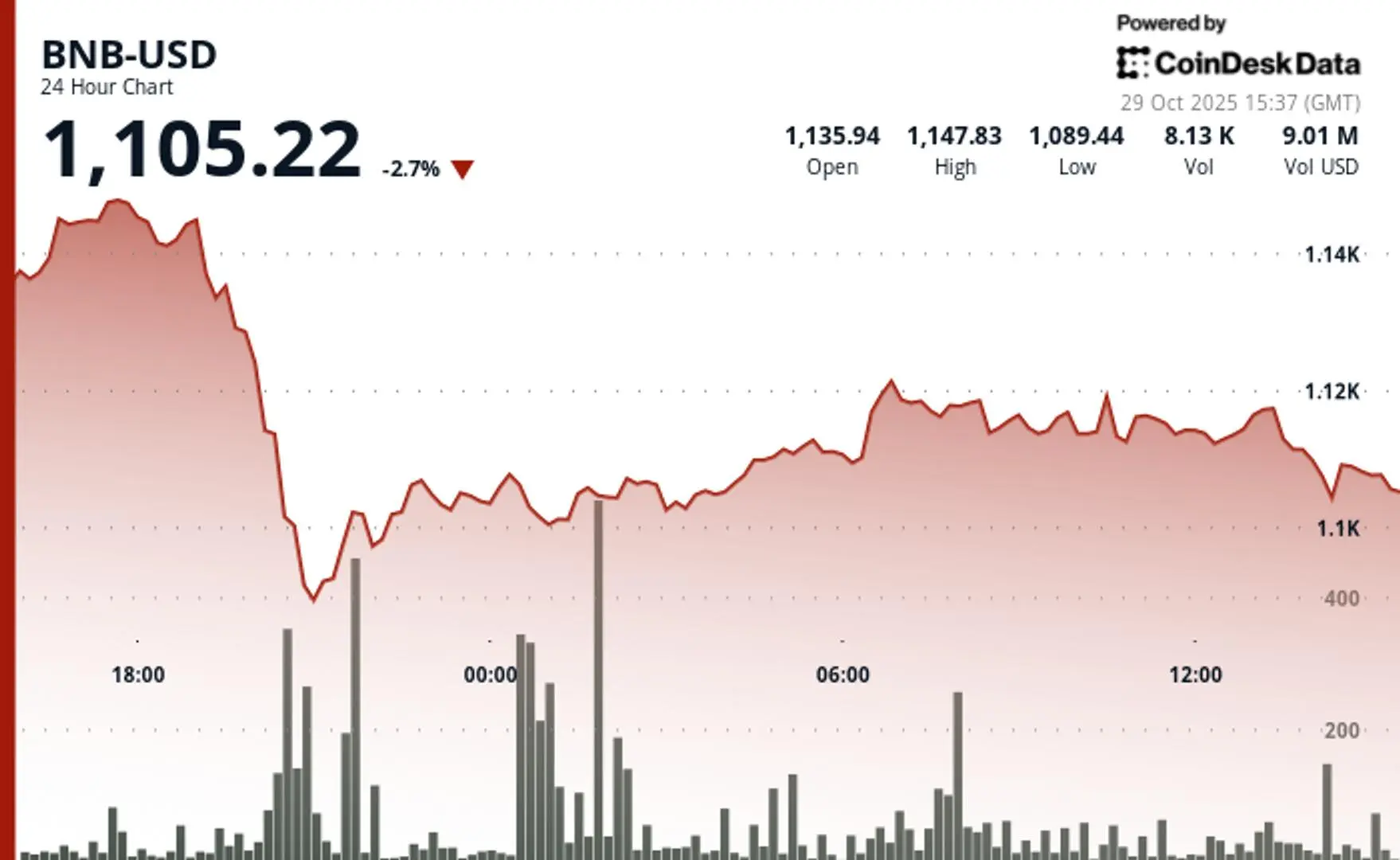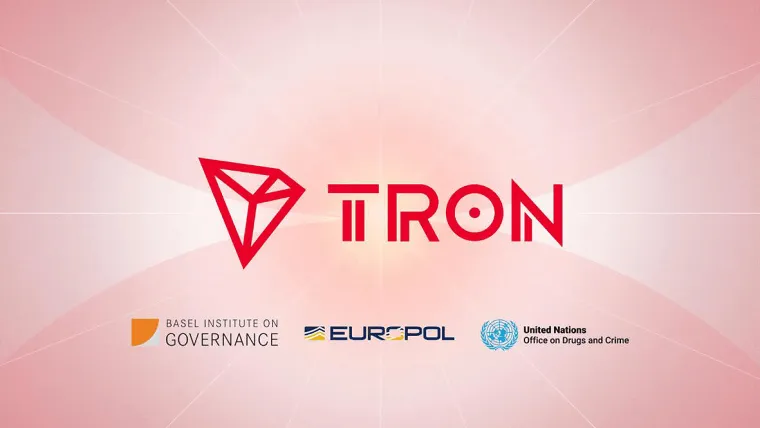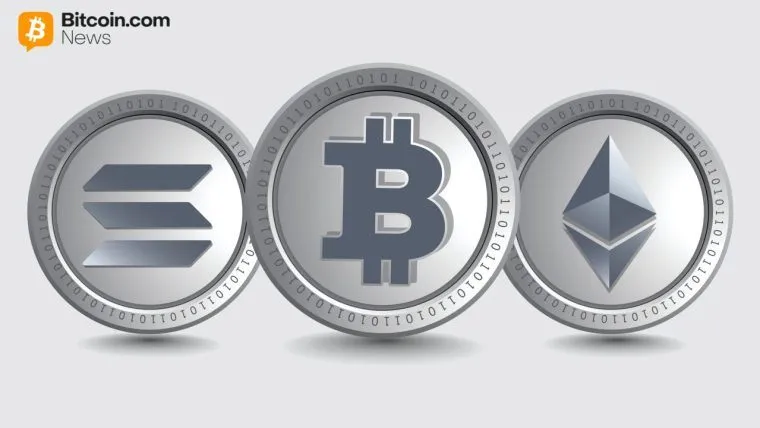In late October, the development and testing of Ethereum's next major hard fork "Fusaka" entered its final stage: the core testnet Hoodi has completed its last upgrade rehearsal, and the work on cross-network compatibility between the community and clients is nearing completion. The developer team stated that they would make a final confirmation of the mainnet activation time after completing the necessary regression tests. Multiple industry media and project parties are pointing to the mainnet window in early December this year (the candidate schedule is frequently adjusted and should be based on the official final announcement).
Fusaka's design does not aim for significant changes to the user interface but rather represents a structural improvement focused on infrastructure and scalability. It consists of two parts: the execution layer (Osaka) and the consensus layer (Fulu), with focal points including: enhancing Layer-2 data availability, optimizing interaction paths with Rollups, and paving the way for future larger-scale data sharding and efficiency improvements. Several technical interpretations and node operators view this as one of the most direct systemic optimizations of Rollup economics and L2 costs following previous upgrades.
The direct impact on the market and ecosystem is mainly reflected in three aspects. First, L2 transaction costs and throughput are expected to improve: by increasing the efficiency of on-chain data processing and distribution, the marginal costs of Rollups in packaging data and putting it on-chain are anticipated to decrease, potentially reducing the fee pressure on users. Second, the operational boundaries for nodes and validators have been adjusted: several EIPs introduced by Fusaka (such as proposals related to transaction/block processing limits) aim to alleviate the extreme burden of individual operations but also require service providers to keep up with software and configuration updates. Third, ecosystem integration and compatibility work will temporarily increase operational costs: all L2 chains and middleware relying on L1 rules need to complete compatibility adaptations, with guides for operators like OP Stack already published.
It is important to emphasize that, although the technical intentions are clear, the transmission of upgrades to price or user activity is neither linear nor immediately quantifiable. Historical experience shows that if network-level improvements are successfully implemented, they often drive application growth through long-term cost structure improvements and developer ecosystem coverage, rather than significantly changing token supply and demand at the moment of the upgrade. The market in the short term reflects more on expectations and uncertainties—security and rollback risks, differences in client implementations, and the upgrade pace of large service providers in the ecosystem (exchanges, staking services, etc.) will all affect market sentiment.
Recommendations for different stakeholders (based on publicly available information and published notices): Node operators should complete updates and compatibility verification on the testnet as early as possible; L2 operators and application developers need to pay attention to changes in data availability and packaging methods, assessing their impact on fee models; ordinary users and trading platforms should focus on official activation announcements and upgrade statements from mainstream client/infrastructure providers to avoid short-term service interruption risks.
In conclusion, Fusaka is an important step in Ethereum's long-term scalability roadmap: its significance for efficiency improvements in the Layer-2 ecosystem and its preparatory role for future larger-scale sharding solutions outweigh short-term price stimulation. If the testing phase remains stable and transitions to the mainnet as planned, the industry will enter a period of technical integration around lower L2 costs and higher throughput; conversely, any implementation errors or poor coordination could temporarily amplify market volatility. Based on the current public testing progress and project party explanations, market and ecosystem participants should follow with a cautiously optimistic attitude, grounded in facts.
Related: The French government will review the motion to "embrace Bitcoin (BTC) and cryptocurrencies."
Original: “Ethereum's 'Fusaka' Upgrade: Features, Market Response, and Near-Term Outlook”
免责声明:本文章仅代表作者个人观点,不代表本平台的立场和观点。本文章仅供信息分享,不构成对任何人的任何投资建议。用户与作者之间的任何争议,与本平台无关。如网页中刊载的文章或图片涉及侵权,请提供相关的权利证明和身份证明发送邮件到support@aicoin.com,本平台相关工作人员将会进行核查。




